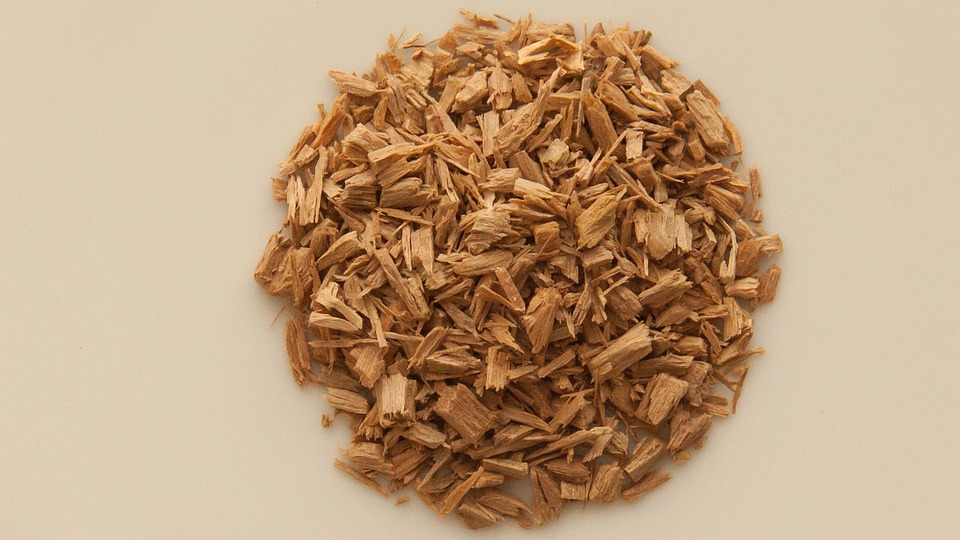

| Biological Name: Santalum albumSantalaceae |
| Other Names: Sandalwood, Chandana, White sandalwood, white saunders, yellow sandalwoodChandan, Chandanam, Safed Chandan, Srigandha |
| Description:
Sandalwood is a small tree that grows primarily in India. The wood of its stem, which grows from 20 to 30 feet high, is heavy and straight-grained and varies in color from white when young to yellow or orange when older. its oval leaves are covered with a whitish bloom; its small flowers, varying in color, grow in numerous cymes. |
| Parts Used: wood and volatile oil |
| Active Compounds: The essential oil contains high amounts of alpha- and beta-santalol. These small molecules possess antibacterial and sedative properties. Synthetic sandalwood does not contain the active ingredients. |
| History:Sandalwood oil was used traditionally to treat skin diseases, acne, dysentery, gonorrhea, and a number of other conditions.1 In traditional Chinese medicine, sandalwood oil is considered an excellent sedating agent. |
| Medicinal ApplicationsAction
alterative, antibacterial, antiseptic, astringent, carminative, disinfectant, diuretic, expectorant, hemostatic, refrigerant, sedative, stimulant. Uses Sandalwood is used for:
The medicinal properties of sandalwood reside in the oil, which can be pressed from the wood or extracted with alcohol or water. The antiseptic and disinfectant properties of this oil are similar to those of cubeb oil. The oil can also be used for bronchitis and for inflammation in mucous tissue. A decoction of the wood may be helpful for indigestion and fever and externally for skin problems, especially those of bacterial origin. Sandalwood cools and calms the entire body and mind. It affects the circulatory, digestive, respiratory and nervous systems. It relieves fever, thirst, burning sensation and stops sweating. It is good for fever or overexposure to the sun. Sandalwood is good for most of inflammatory conditions and for cleansing the blood. The oil or paste is useful for most infectious sores or ulcers if applied externally. Sandalwood helps the awakening of intelligence. It also aids in the transmutation of sexual energy. |
| Dosage: Infusion (hot or cold), decoction, powder (250 mg to 1 g), medicated oil Decoction: Boil 1 heaping tsp. wood in I cup water. Take 1 to 2 cups a day, a mouthful at a time.
Tincture: A dose is from 20 to 40 drops. Typically, a few drops of sandalwood oil are dissolved in water, and the infected area of skin is then soaked in the solution, or the diluted oil is applied directly. |
| Safety:Some people may experience severe lung congestion.
Some people may experience mild skin irritation from topical application of sandalwood oil. No other information about the safety of this herb is available. Use caution. Ayurvedic herbs are often taken in combination with others to neutralize the toxicity one herb with the opposing effect of other. Do not take except under the supervision of a qualified professional. |
